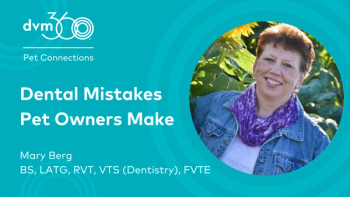
From crunchy kibble to old age excuses, many pet owners fall prey to dental myths that put their animals at risk
Mary L. Berg, BS, RVT, RLATG, VTS(Dentistry) is a Charter member of the Academy of Veterinary Dental Technicians and received her Veterinary Technician Specialty in Dentistry in June 2006. Mary is currently serving as the treasurer of the AVDT and the American Society of Veterinary Dentistry. She is the past president of the KVTA and a member at large of the NAVTA board. Mary worked in research for more than 22 years, specializing in products aimed at improving oral health of companion animals. She was the practice manager and dental technician specialist at Gentle Care Animal Hospital in Lawrence, Kansas, for more than seven years and is currently the president of Beyond the Crown Veterinary Education, a veterinary dental consulting service. She and her husband Doug live on a farm near Lawrence, Kansas, with a menagerie of animals.

From crunchy kibble to old age excuses, many pet owners fall prey to dental myths that put their animals at risk
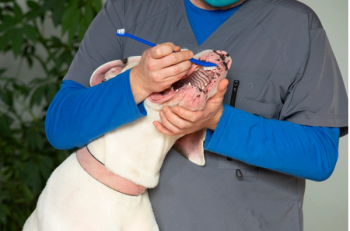
Protect healthy smiles with the C.E.T.® Dental Authority Certification Program
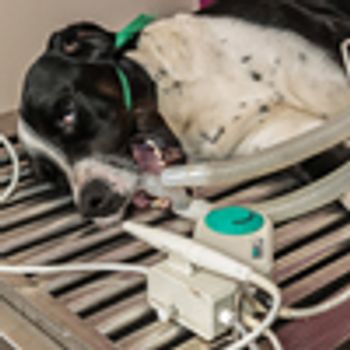
Reassure the client and get to yes on a veterinary dental procedure with tips from this script.
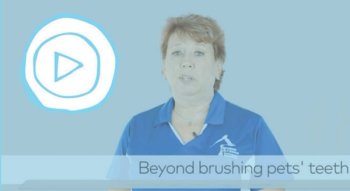
Adapting to what veterinary clients will put up with.

Technician specialist Mary Berg is back to share another tip on veterinary dentistry.

This VTS sees a positive trend in wages.

This expert sees false hope for many in one offering.
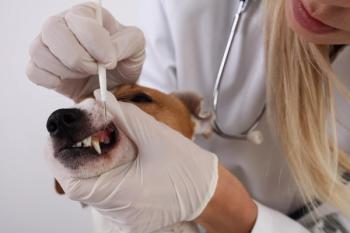
If its true that youre only as good as your tools, its imperative that for the sake of your patients (and your veterinary practices bottom line), you keep your dental instruments at maximum efficiency. Dentistry expert Mary Berg is here to help.
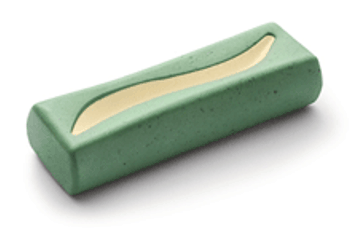
The tooth is, these products are tip top for the tooth ticklers and dental divas who work hard to preserve pets oral health.

You know you must keep records each and every time a controlled substance changes hands or is used on a veterinary patient. CVC educator Mary Berg offers this advice to complete DEA form 222 flawlessly.

Mary Berg, RVT, RLATG, VTS (Dentistry), demonstrates her preferred method of obtaining these images.

The tooth-seeking adventure continues with Mary Berg and the deceptive dental radiograph discovery.
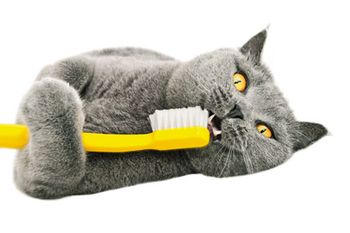
Veterinary practices are turning to dentistry as a way to replace lost spay and neuter revenue and encourage regular visits. Heres how to get started.

It's easy to attack pooch plaque at home.
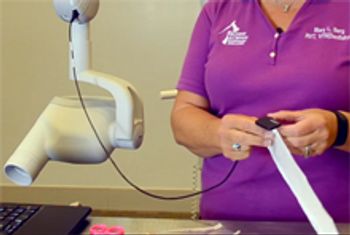
Use these four hacks to protect that valuable and easily damaged sensor on your veterinary digital dental X-ray machine.

"Blah, blah, blah $$$$$$$$$." Is this what clients hear when you present your treatment plan? Use these pro tips to cut through the sticker shock and focus on the high-quality care you offer.

Terminate damages to that all-important, sensitiveand expensivesensor and avoid a judgment day around your veterinary clinic. Bonus: Safety tips to protect your most valuable assetyourself!

Bridge the gap in your dental knowledge and brush up on this amalgam of mystery dental instruments. Then brace yourself to make a great impression during the next dental appointment.

From kennel attendant to veterinarian, everyone can keep an eye on pets' oral health
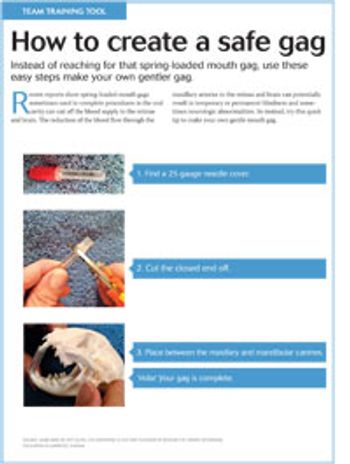
Instead of reaching for that spring-loaded mouth gag, use these easy steps to make your own gentler gag.

Why you should trade your spring-loaded mouth gag for a gentler solutionespecially for cats.

Hit these points when checking the choppers.

Pain management is more than the latest popular terminology. It is an important part of veterinary dentistry. Many of the procedures performed on animals are painful and it is our duty as technicians to ensure that our patients are as comfortable as possible.

Being aware of dental formulas, oral anatomy as well as terminology is crucial to proper charting.

For small pets, such as most domestic rabbits, guinea pigs, chinchillas, and hedgehogs (the exceptions being ferrets and large rabbits), intubation is generally not an option given the equipment available at most veterinary hospital.

It is important to be able to identify oral pathology and anomalies. It is equally important to correctly record the pathology on dental charts.

It is often said that cats are not small dogs. It is equally important to realize that cats have not read the textbooks when it comes to dental problems. Feline dental problems can be very similar and very different from canine dental problems.

In the previous lecture, the importance of being able to identify periodontal indices was discussed as well as the importance of correctly recording that pathology on dental charts.

Related readings on dental disease and systemic health

Knowing the science behind the link between oral disease and systemic health will help you get clients on board with veterinary dental care.
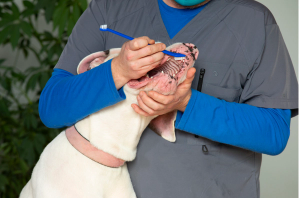
Published: November 9th 2021 | Updated:

Published: November 1st 2010 | Updated:
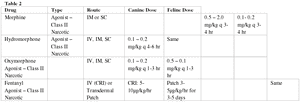
Published: November 1st 2010 | Updated:
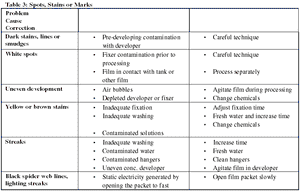
Published: November 1st 2010 | Updated:

Published: November 1st 2010 | Updated:

Published: November 1st 2010 | Updated: